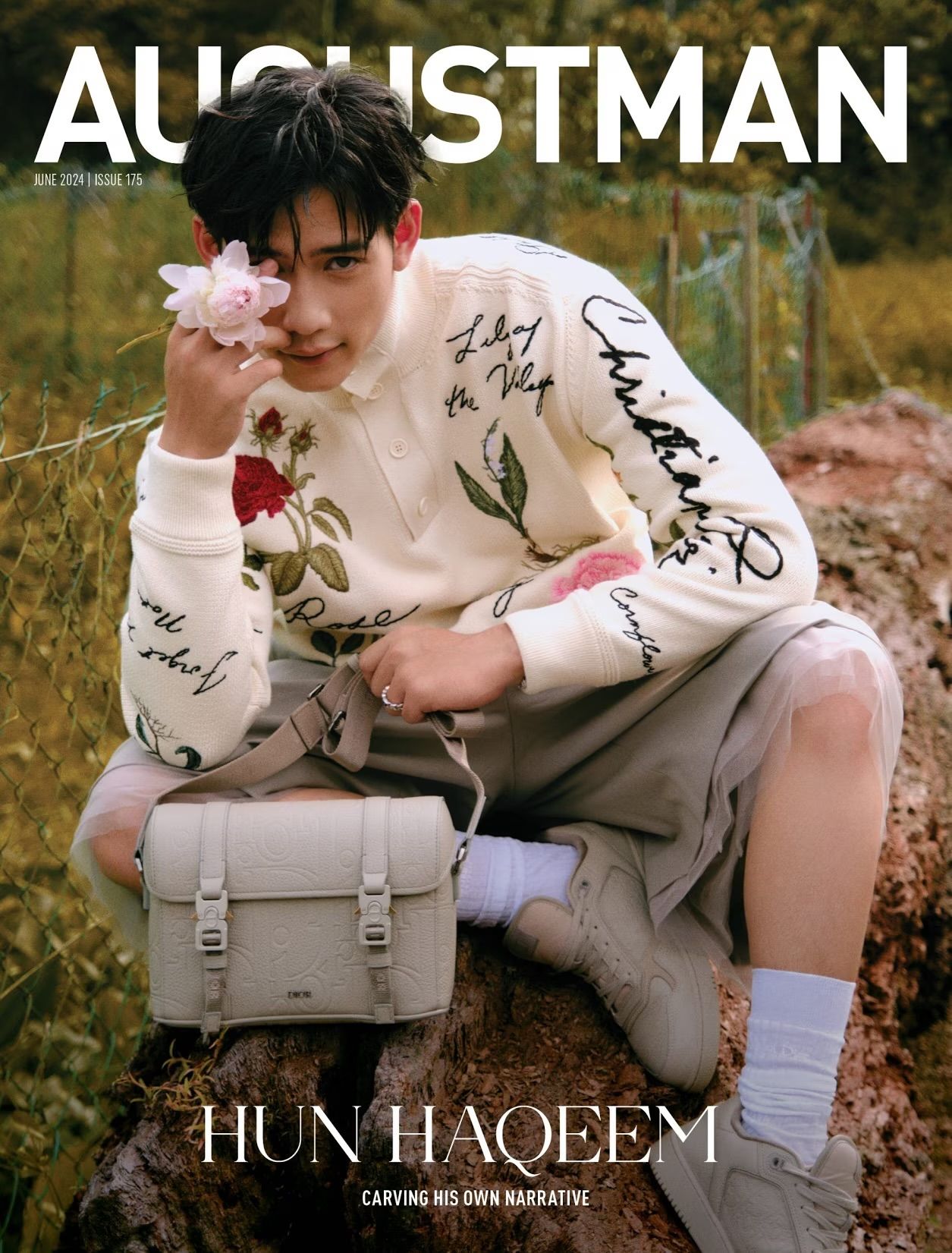Mention the words ‘Marvel’ and ‘DC’ the first thoughts that come to mind would probably be those of comic books and characters. Maybe there’d be a rogue thought of Stan Lee, Christopher Nolan, or even one of the X-Men fighting games. But as Malaysians, we rarely expect one of our own to be on the roster of these prominent brands.
That’s why Alan Quah is here to share his journey of drawing for the top 10 comic publishers in the United States, with hopes of inspiring budding local artists to pursue this unpredictable but rewarding path as well.

The world of comics isn’t exactly the most accessible industry. Especially with brands with Marvel. What gave you the courage to try?
I was a local artist in my teens but gave that up because I realised very quickly there was no money in this field. That was in the 80s. I tried my luck in advertising instead and made a good living for the next 18 years.
But drawing for American comics like Marvel has always been my ambition and I knew I would regret it if I did not give it a try. As the saying goes: never try, never know. So I gave this comic thing a go with a solid plan in place, which was to try it for five years and see what would happen. I retired from advertising soon after.
That’s what gave me the courage to try. The regret. The regret of not knowing if I had the chops to make it in the international comic industry because I didn’t have the courage to take that first step.

Did it take a long time before you gained traction?
When I decided to draw comics again, I was quite out of touch with the proper industry standards. Aside from the ability to draw, I had to learn everything from scratch. I spent the early years getting to know the industry, creating my brand, and introducing my art to the market. It probably took me another 10 years drawing for indie titles before I gained traction as a professional comic artist.
Did having that day job in advertising give you the safety to pursue your passion? Or did you suddenly just decide to quit?
I had a good career in advertising. The plan was to utilise the savings I made to pursue my dream. I reckoned I’d be able to survive five years without pay. The worst-case scenario was to go back to advertising if I failed.
It took more than five years but my wife was adamant I could do it. And I became a father too, so failure was out of the question. In the early days, the page rate was low, I had to work extra hours to earn enough for milk and diapers.

Do you have a turning point in your art career where you felt you’ve ‘made it’?
There were a few. My journey was tougher than most of the artists I know. The initial eight years were mostly spent working for indie creators who paid very little.
You learn very quickly the true meaning of back-end pay or shared royalty after a mishap or two. There were also a couple of bad experiences with publishers who closed shop without paying and an art rep that stole money. Now I can smell shady deals from miles away.
My first breakthrough was when Titan Comics hired me for Dark Souls in 2016. That was my first sold-out title which culminated into multiple mini-series. I spent the next two and a half years on the series and working with Titan on multiple projects. This opened the first door for me.
The next turning point was when I was repped by my current agency Scott’s Collectables. I was hired by DC Comics soon after with the help of a retailer friend, The Comic Mint. They got me approved as a DC artist and on my debut, I was offered a Batman cover. That was mind-blowing, to wait more than 10 years to be hired by a mainstream publisher and my first assignment being The Dark Knight. The rest, as they say, is history.
And the most important, Marvel Comics. That came after a year working at DC and the cover for Marvels #1 remained the most important one I’ve drawn, which led to a lot of opportunities.

One of your drawing advice is to keep doing the reps and you’ll inevitably improve. Does mere repetition alone help, or are there nuances to it?
Well, obviously you have been doing your homework, I did say that a lot. To me doing art is an act of repetition, the more you repeat the better you become. It will be even better if you mimic life, drawing the human form properly, drawing everything you see, the fundamentals. After all comic art is an extension and exaggeration of life. Learn the fundamentals properly and you can exaggerate better.
What advice can you give to budding Malaysian artists who wish to find their break in international markets like Marvel?
I think the most important aspect of becoming a professional artist – apart from your skillset – is your reliability, attitude and your stamina. You have to be able to meet deadlines consistently and keep showing up while being humble.
Work-life balance is a myth in comics. If you yearn for that, go look for a nine-to-five. You will only succeed in comics if you want it badly or you’ll prove your parents right that comics is not a good career path. For the budding artists who want to break into international markets, you need to create a positive digital footprint. Create a brand that shows you are efficient, reliable, and hardworking.

What about livelihood tips?
Comics can be a lucrative career when you move up the ladder. Just like any other job, you earn little while learning the trade. As you improve, you will get hired to work on higher-profile jobs. Some succeed quickly and some may have to take the longer route but you will eventually get there if you are consistent and willing to repeat the process. Ultimately, not everyone can make it, so know when the game is over after a good fight.
As a parting question, what are your favourite tools?
My cheap five-ringgit brush. My other favourites are my Pentel Brush Pen and currently my paints.




